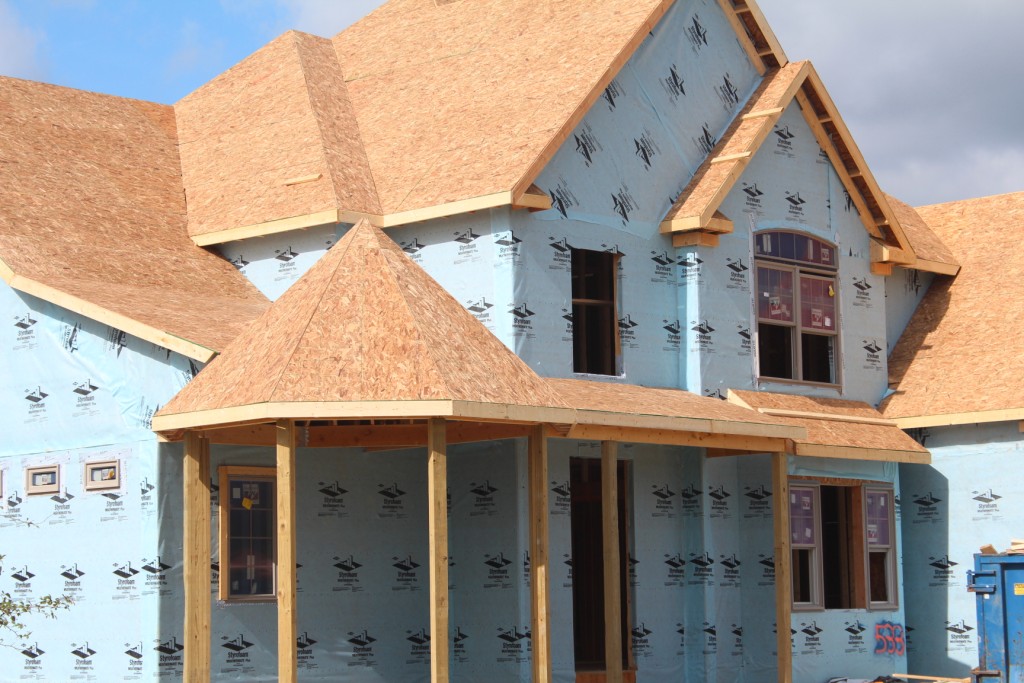Contingency Budget for Unexpected Costs
0 Comments | Posted by armchairbuilder in Build Your Own Home, Owner-Builder
There are so many people and products that come together when building a new home. With this many moving parts, it’s inevitable that one or two budget items will come in over expectations. For this reason, most professional builders add a line item into each new home budget to cover unexpected costs. This is called a contingency budget.
New Home Budget
Your new home budget will include line items for every building activity and overhead cost. Things like construction loan interest, permit fees, and insurance fall into the overhead budget…also called soft costs. Then you have all of the labor and material costs necessary to build the home…these are typically called hard costs or direct construction costs. The contingency line item is typically added to the budget to accommodate unexpected cost overruns. Check out our e-Store for a copy of our new home budget with all of the necessary line items. We have one for a ranch plan and one for a two story house.
Typical Busted Line Items
As a professional home builder, I include a contingency line item in every new home budget. Yes, I take a tremendous amount of time creating the budget to make sure that all of the costs are correct. Unfortunately, some things are outside of our control. Here are some typical unexpected cost overruns encountered when building a new home from the ground up.
- Unsuitable Soil – Although you can dig test holes and take soil samples (called borings) prior to building, you still can encounter soil that won’t properly support the weight of the new home. In this instance, you may have extra costs for additional excavation or fill material to remove the bad soil and replace it with something that will support your new home for years to come.
- Dirt Balance – When building a home on a smaller home site, it can be a near miracle to make the home site balance (balance = no soil needs to be trucked off or onto the property). Remember, dirt comes out of the foundation area and will be filled with concrete, air (basement area), and stone. The dirt that is displaced must be put somewhere. If there is not enough space on site it must be hauled away and this can be costly.
- “Not in My Contract” – Builders hate to hear this from a trade contractor. If the contracts are thorough and well thought out, these situations will be kept to a minimum. But even if they are, a trade contractor can sometimes claim that an item isn’t included. At this point, you can either agree and incur the additional cost, hire a backup trade contractor or go to court. In many cases, it’s in your best interest to pay the extra and move on.
- Weather – The unknown we call “Mother Nature” can be a challenge when building a home on site. Extreme temperatures and precipitation can require extra measures to keep quality high. Things like tarps, propane heat, water pumps, concrete blankets, concrete admixtures…etc. will add extra costs to a new home budget.
Amount of Contingency Budget
As a professional builder, I’ve always used a contingency budget equal to 2 to 2.5% of the total direct cost to build. Remember, direct costs are also called hard costs and are the total of the labor and materials to build the home. So if total direct costs to build the home are $100k, my contingency budget would be $2k-$2.5k. But since you are building as an owner builder, it’s a good idea to include a little more cushion for unexpected costs. A five to ten percent contingency budget line item would advisable just in case unexpected things happen during the build out.
The contingency budget line item is a key element to the success of your new home. Two other major items for making sure the dollars work out for your new home are the cost estimates and the bidding process. Be sure to checkout our Budgets in the Armchair Builder e-Store as they give all the typical line items with associated percentages to help make sure no cost items are forgotten.


